drk14
Brilliant_Rock
- Joined
- Jun 25, 2014
- Messages
- 1,061
Re: An interesting (to me) ASET comparison -- JA vs. DiamCal
And what will be the effect of turning dispersion off vs. on in the DC ASET?
Is this why some regions that were blue in the DiamCalc ASET are black in the JA ASET? I assume JA uses DiBox?Garry H (Cut Nut)|1410306539|3748077 said:Dave's ASET DiamCalc photo seems to have dispersion on - I like to turn it off.
The DiBox ASET has a slightly larger (black) hole to enable photography than the DC version.
And what will be the effect of turning dispersion off vs. on in the DC ASET?

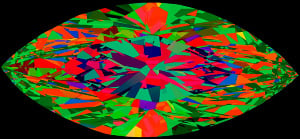
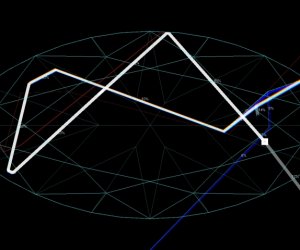
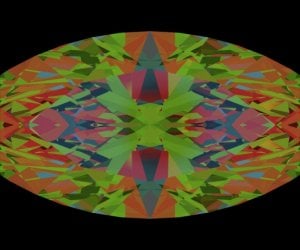
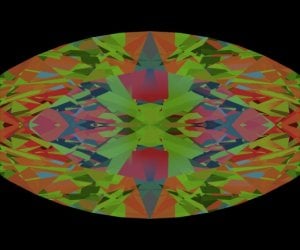
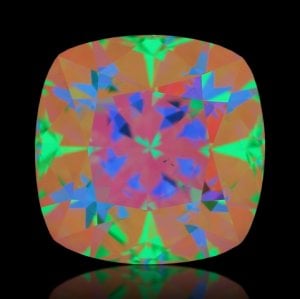
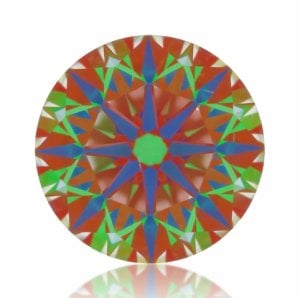
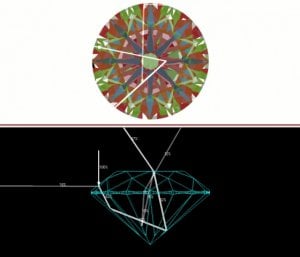
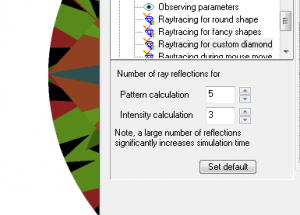
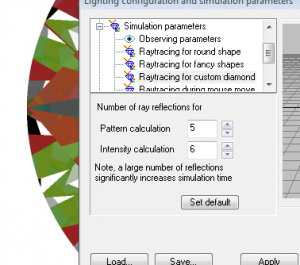
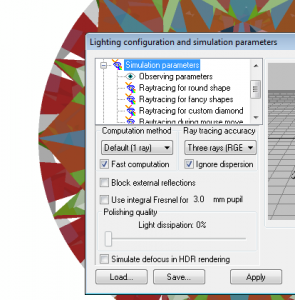


300x240.png)